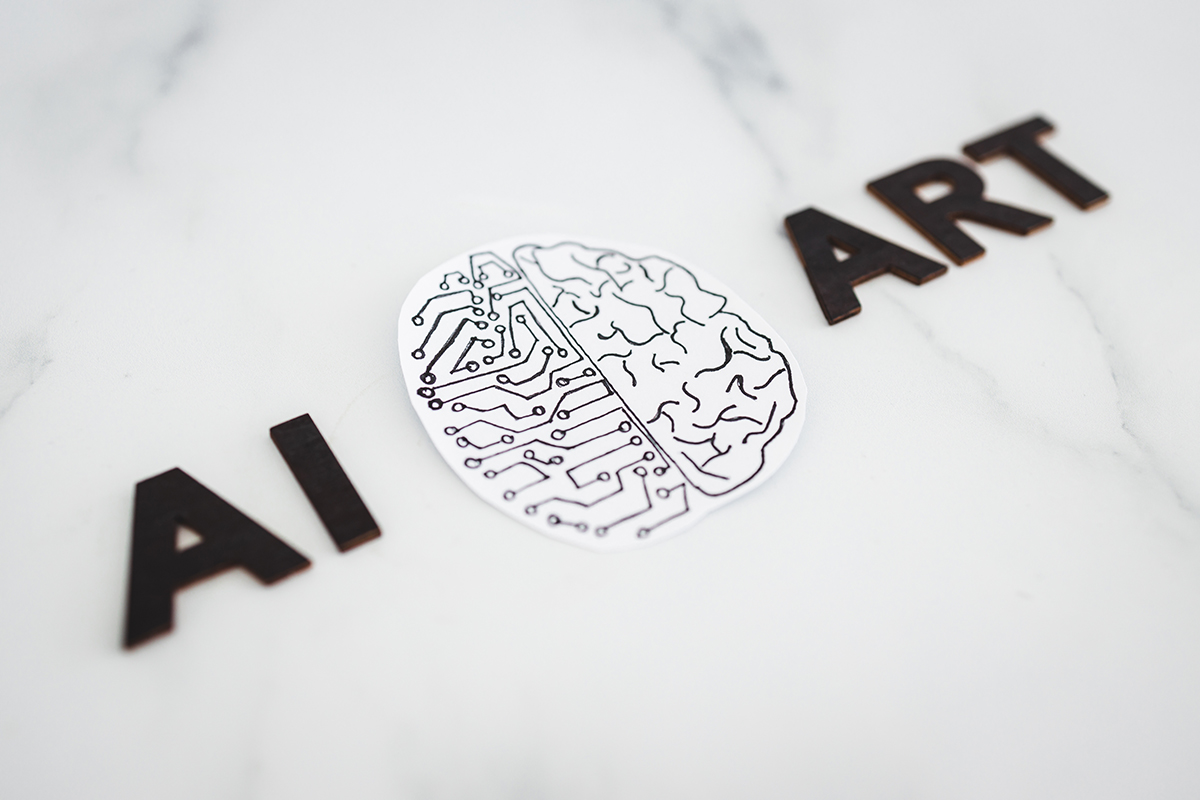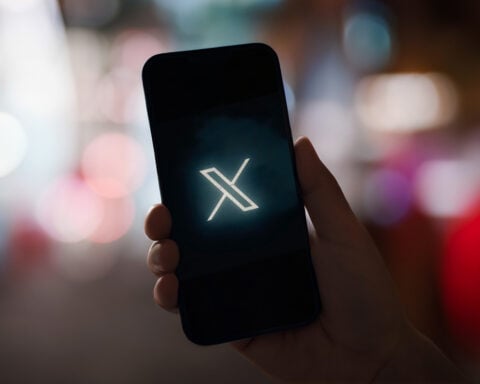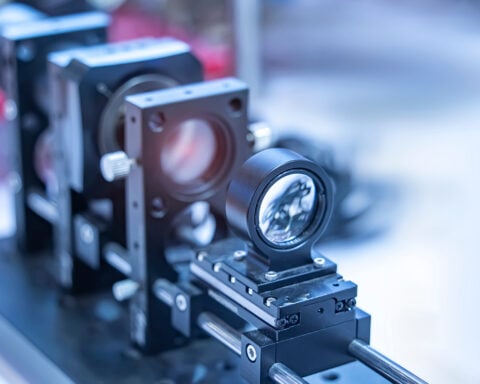Tech industry leaders are racing to bring AI image generators into the mainstream, promising improved safeguards against misuse. These artificial intelligence tools, capable of transforming written commands into stunning artwork, captured the public’s imagination last year. However, their adoption in everyday work and home use has been limited.
Now, companies like Adobe, Amazon, Microsoft, and OpenAI are striving to integrate text-to-image generators into popular software, but not without addressing concerns over copyright infringement and inappropriate content.
The Evolution from Early AI
Image Generators to Responsible AI Not long ago, AI image generators like Stable Diffusion, Midjourney, and OpenAI’s DALL-E were primarily the domain of early adopters and hobbyists. However, their adoption faced considerable hurdles as businesses hesitated to embrace them due to concerns over potential misuse, legal issues, and the pressing need for responsible AI solutions.
This initial excitement was quickly marred by backlash, including copyright lawsuits and calls for regulations, spurred on by artists and stock photo companies, such as Getty, who raised valid concerns about the technology’s potential for misuse.
Safer and Business-Ready Solutions Emerge
Today, tech giants are rolling out AI generators that prioritize legal and ethical considerations. Adobe’s “Firefly,” for instance, draws from their own licensed Adobe Stock image collection, ensuring that content is legally sourced. This approach not only protects against legal disputes but also provides compensation to content creators.
OpenAI’s third-generation image generator, DALL-E 3, boasts impressive capabilities, safeguards against image requests mimicking living artists, and the option for creators to exclude their work from future model training.
Microsoft, a significant investor in OpenAI, has begun incorporating DALL-E 3 into its graphic design tools, Bing search engine, and chatbots, primarily for background editing. YouTube has introduced the “Dream Screen,” allowing video creators to craft custom backgrounds.
Forging Responsible AI Integration
In a bid to foster responsible AI use, major tech players have committed to voluntary safeguards, including digital watermarking, to distinguish AI-generated content. Microsoft has taken steps to filter out inappropriate content, ensuring that AI image generators produce content that aligns with ethical standards.
As these tech giants continue to innovate and integrate AI image generators into everyday applications, the promise of unleashing creativity while respecting copyrights and ethical boundaries is closer than ever. The road to mainstreaming AI image generators is marked by a commitment to balance technological advancement with responsible usage.







